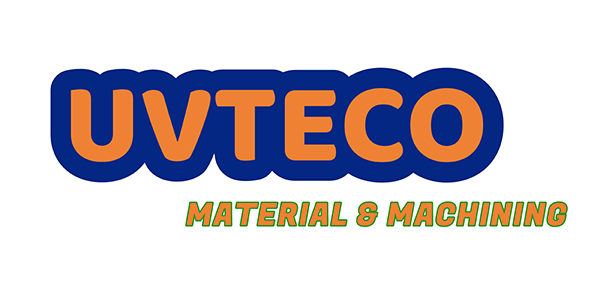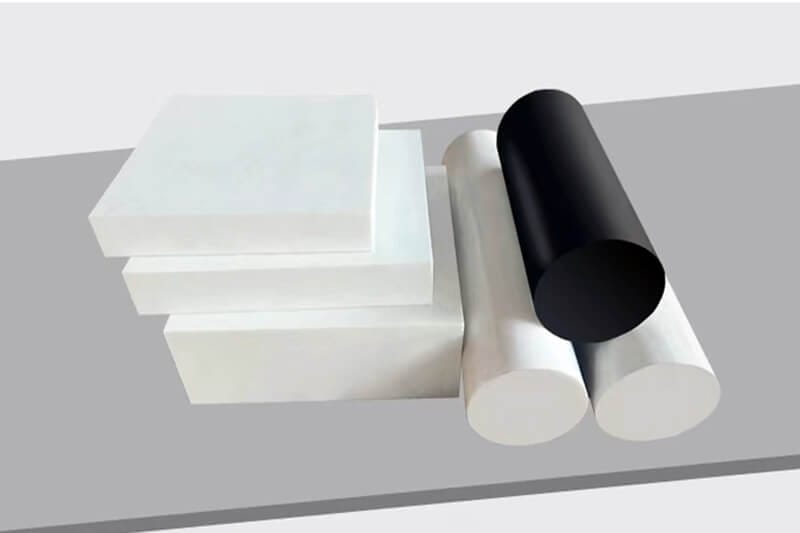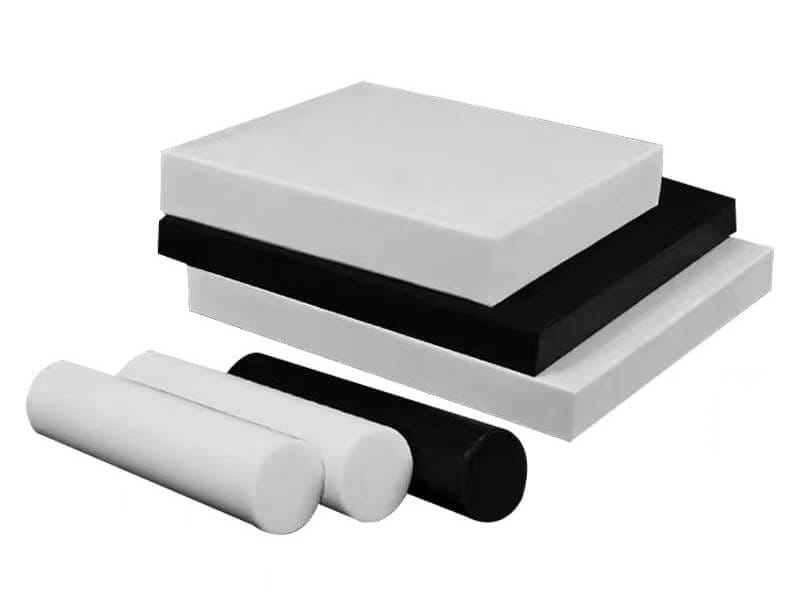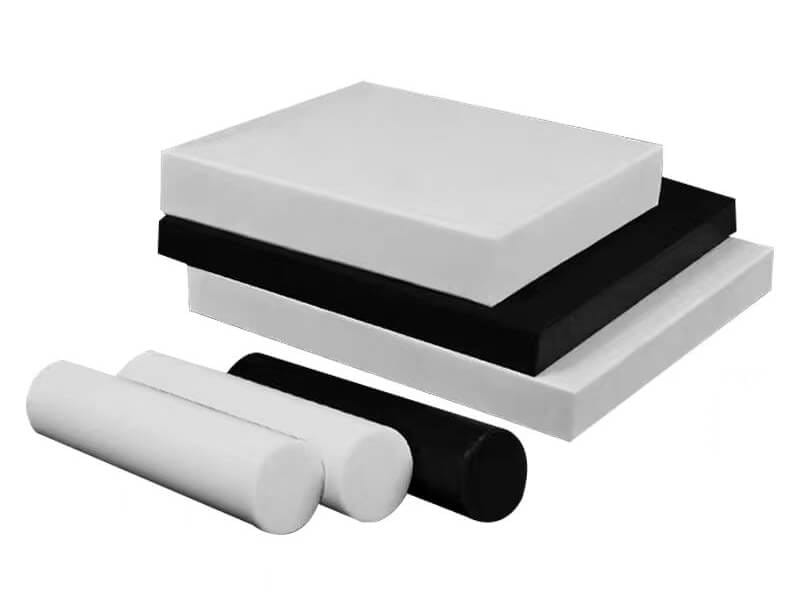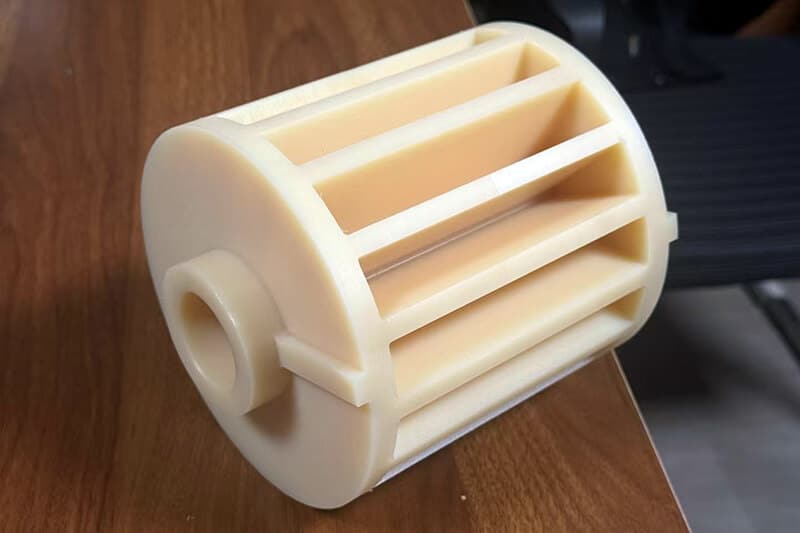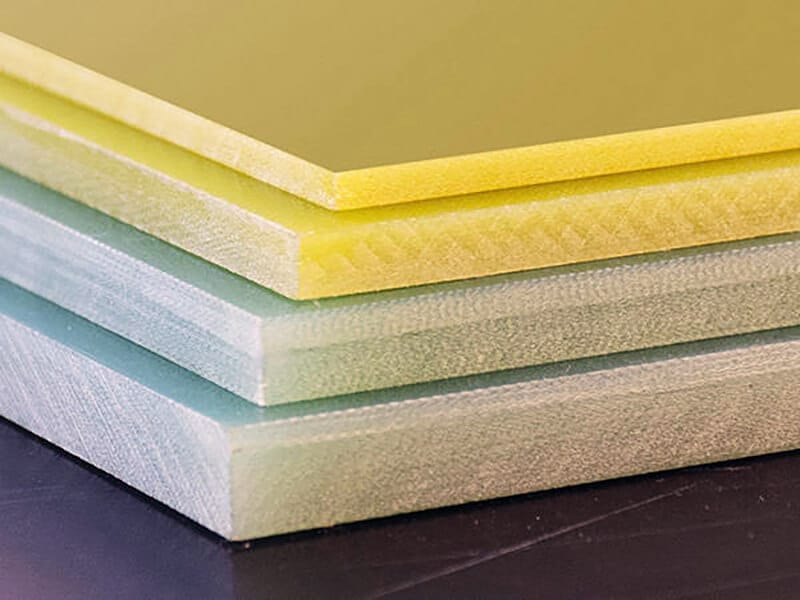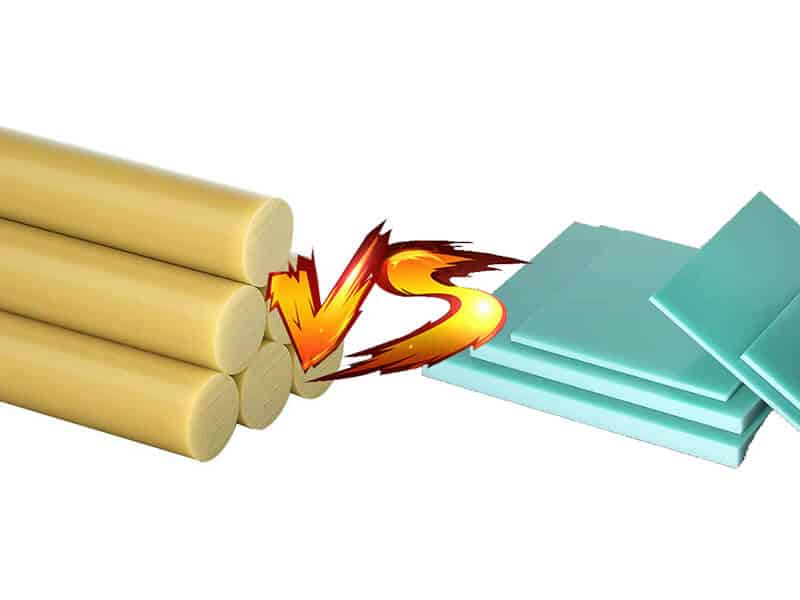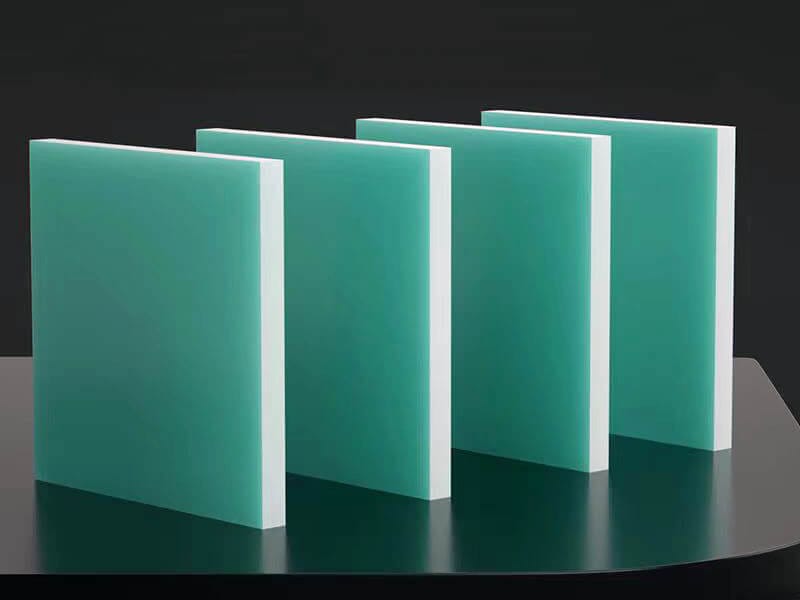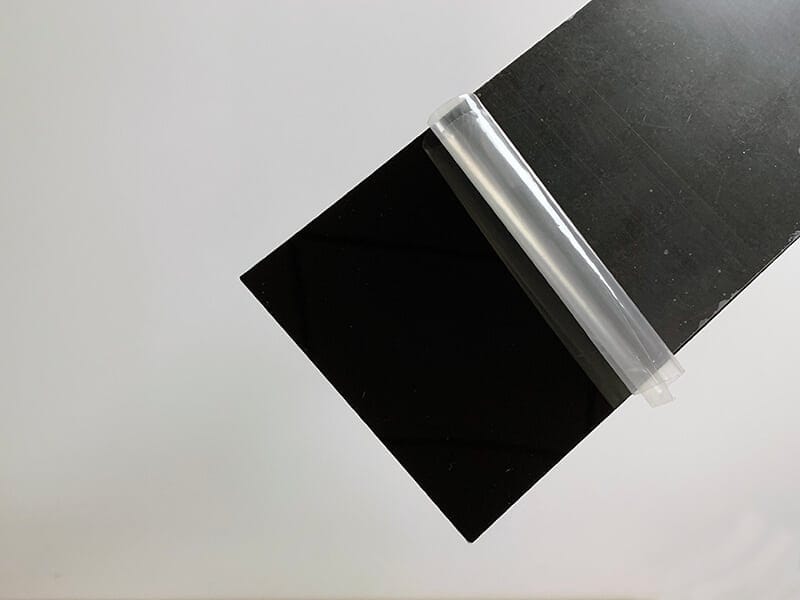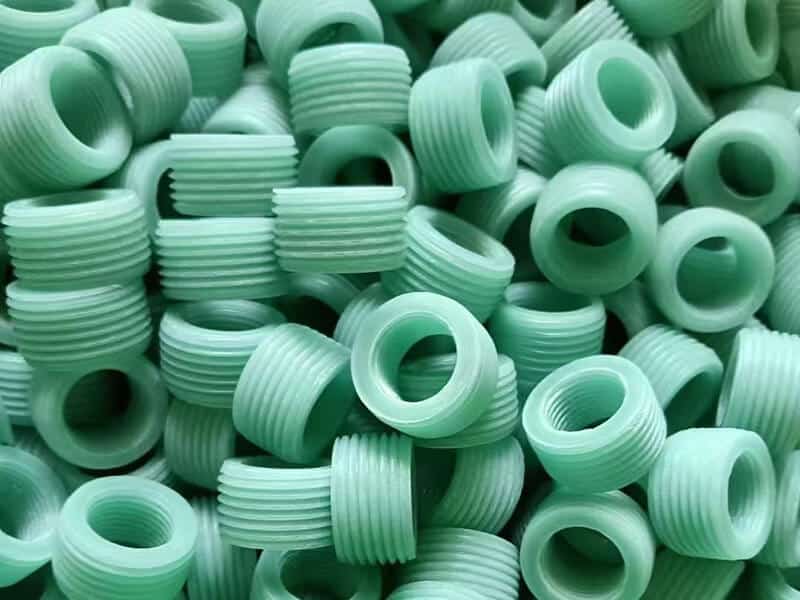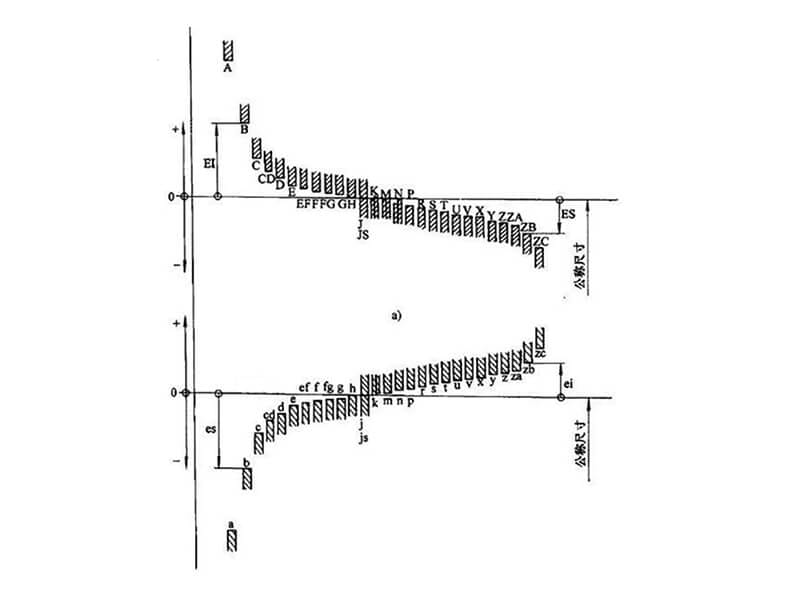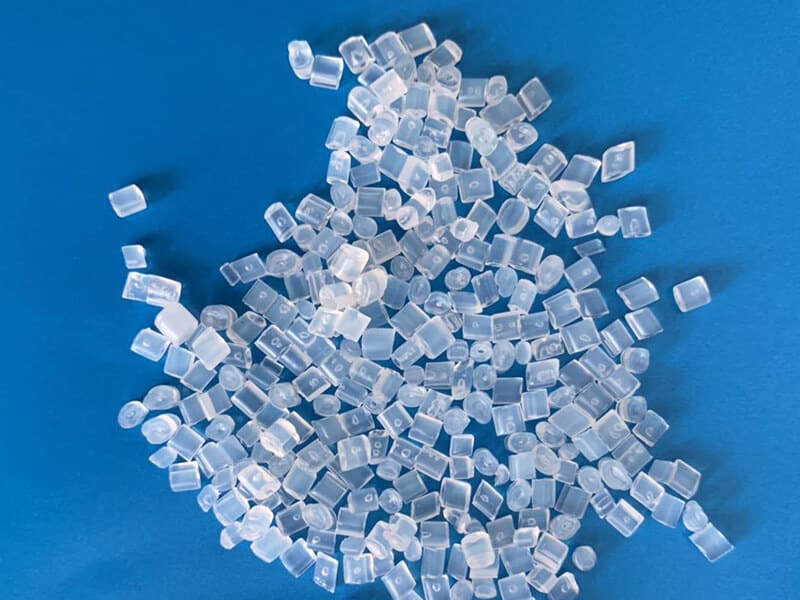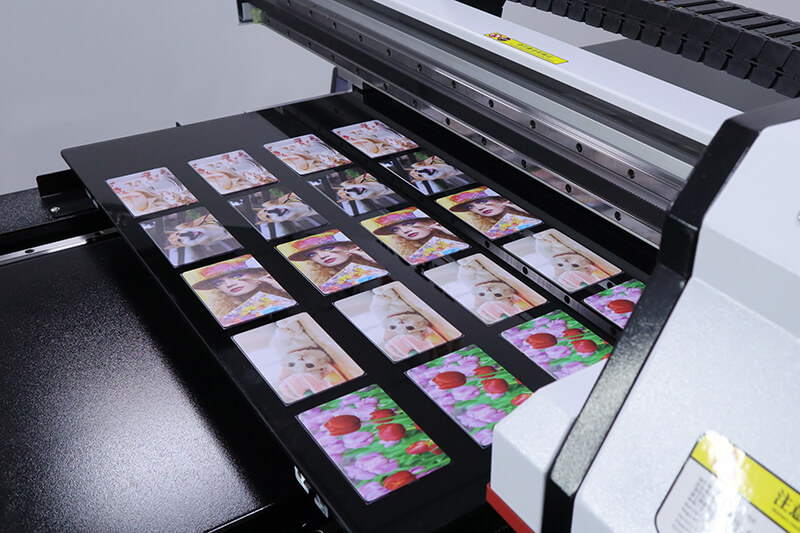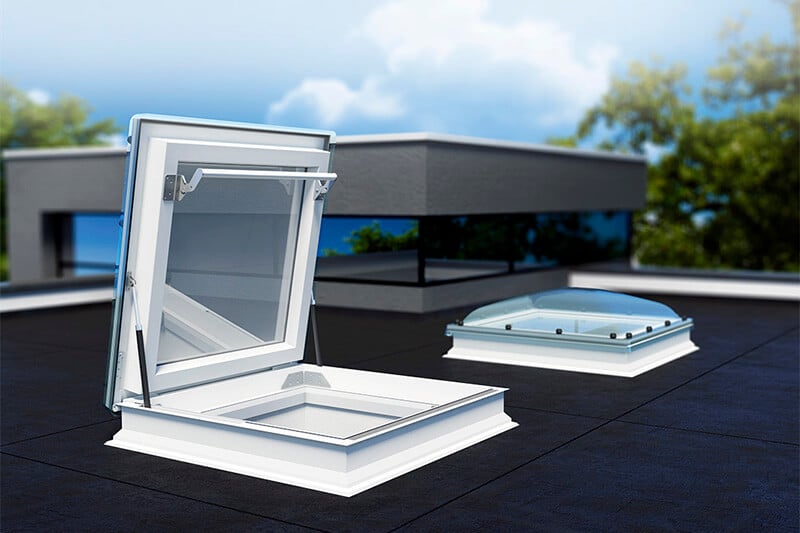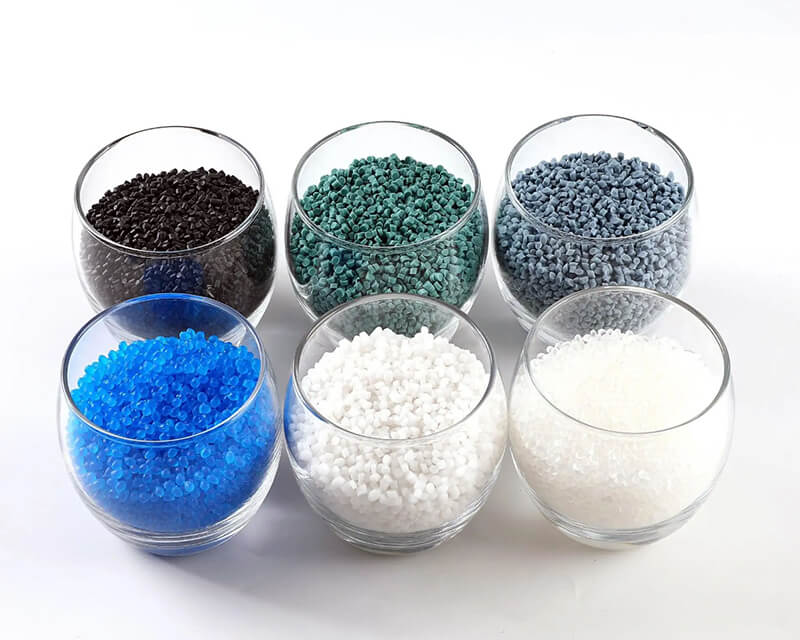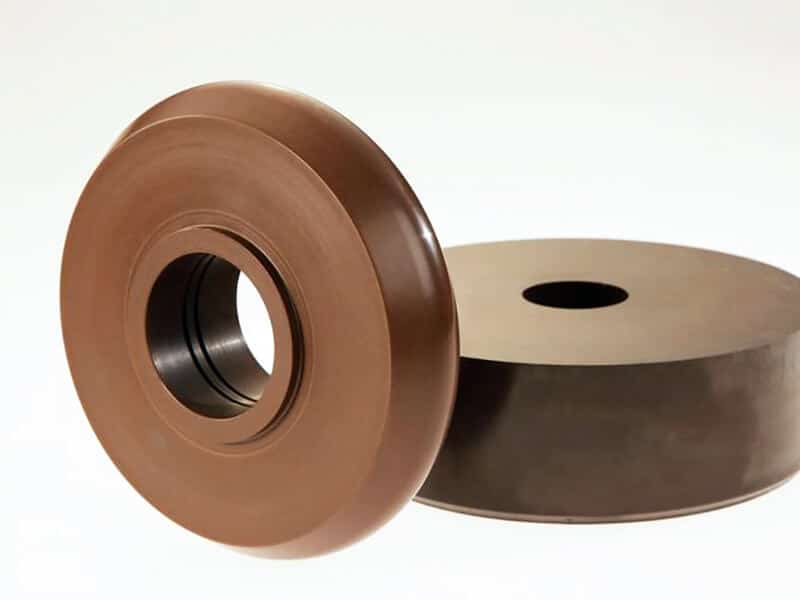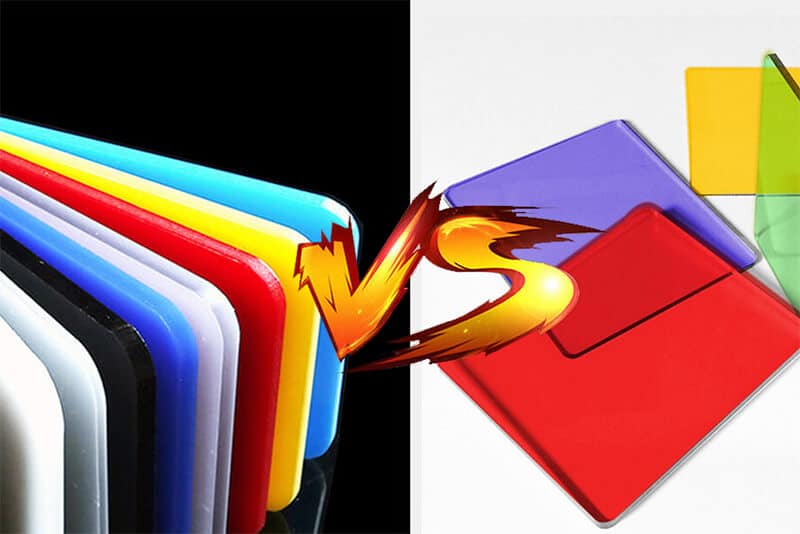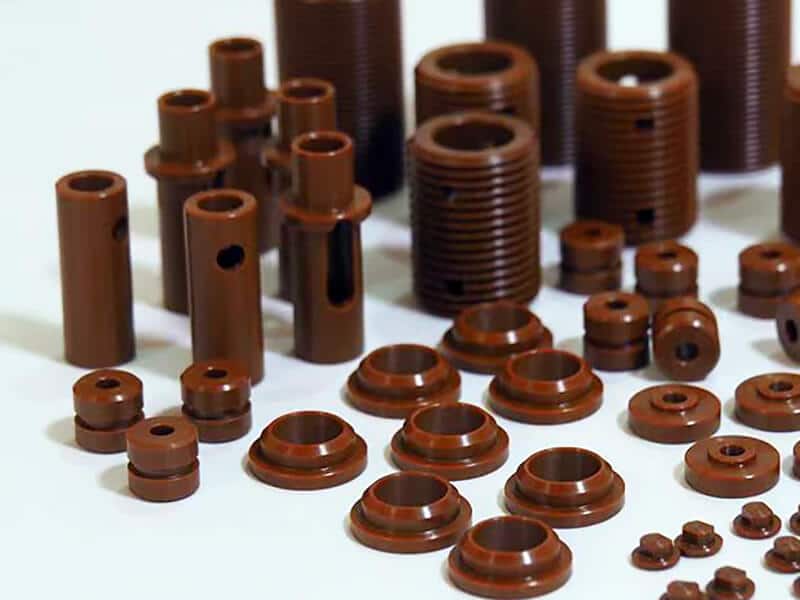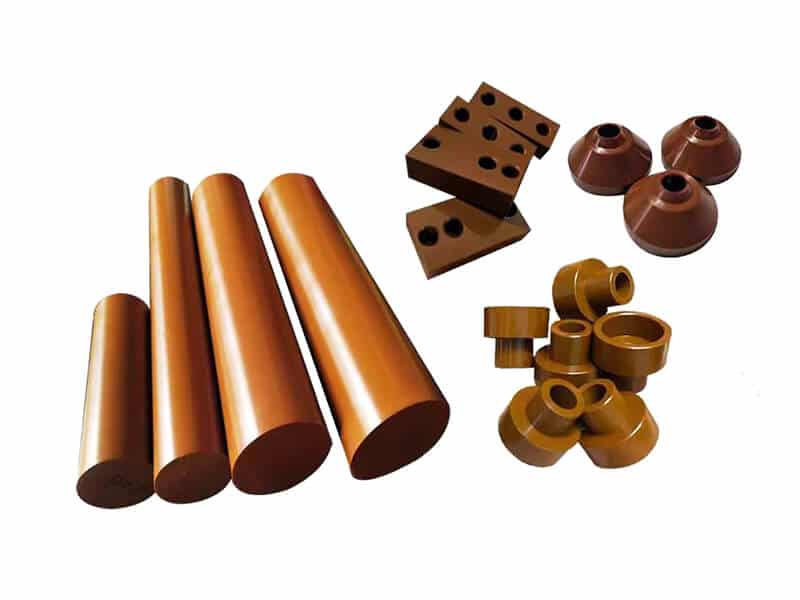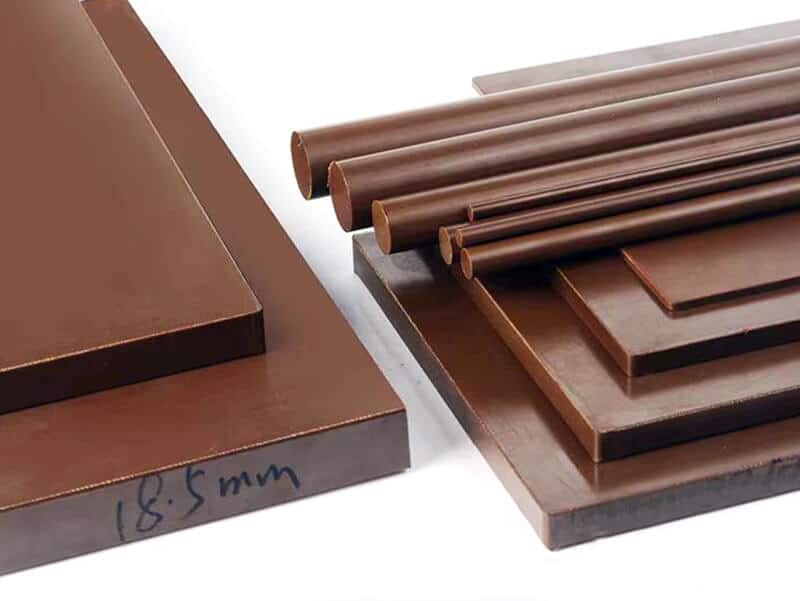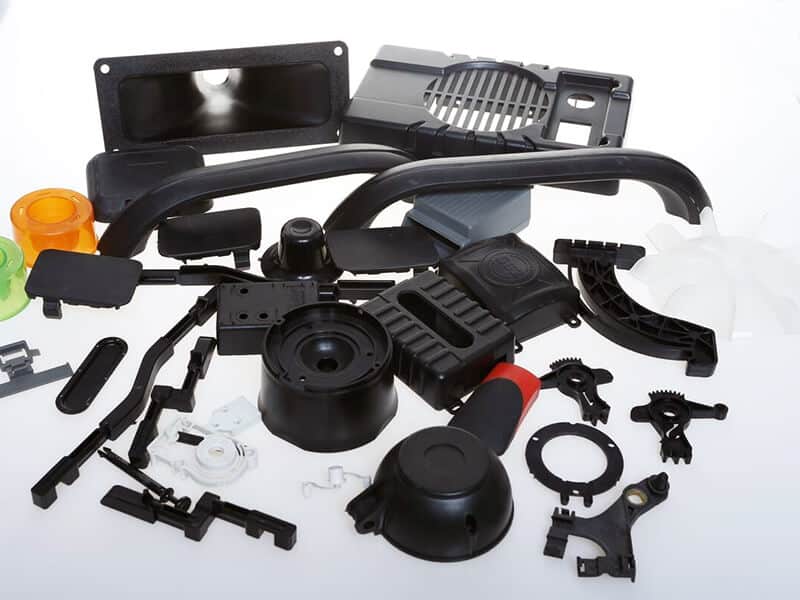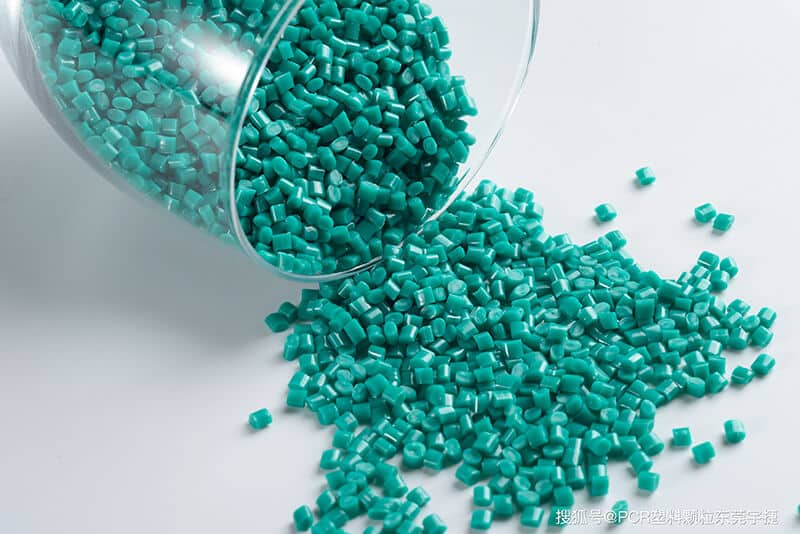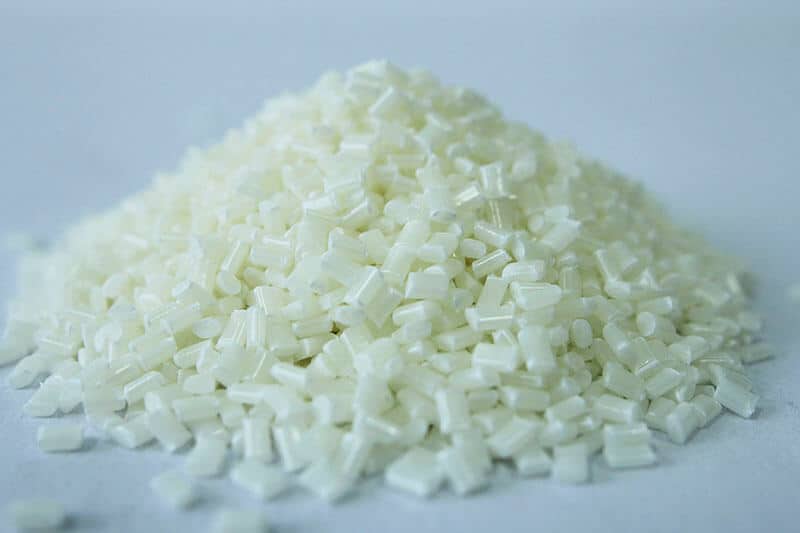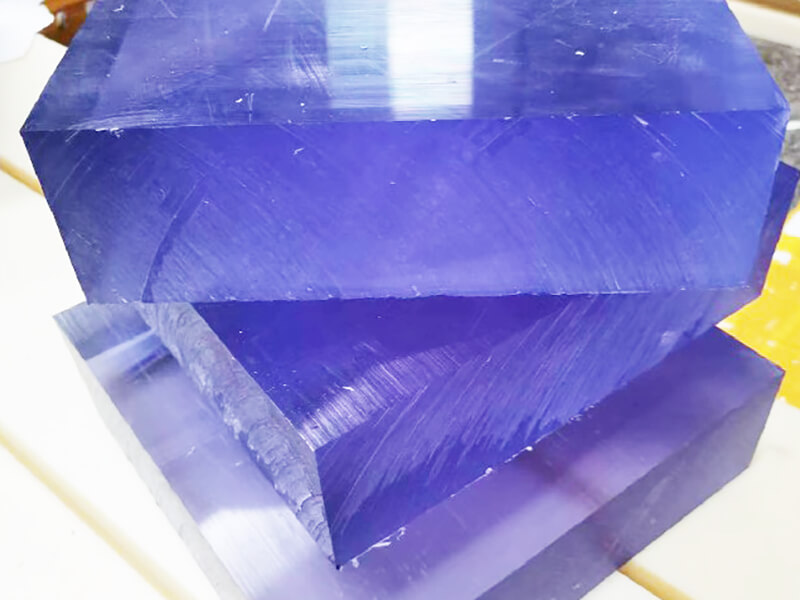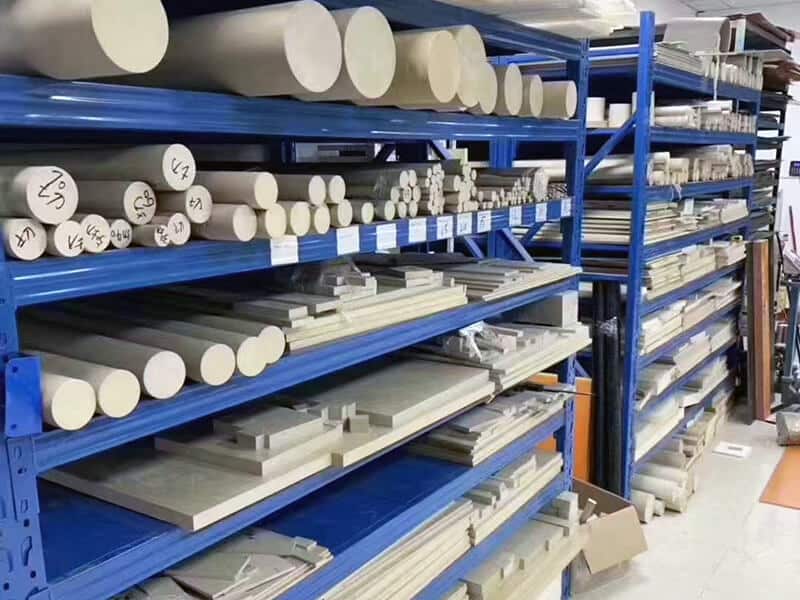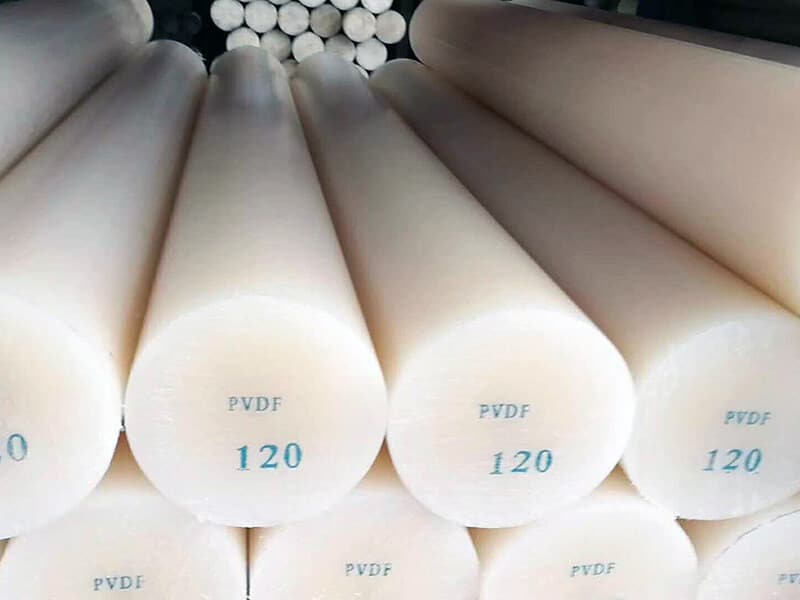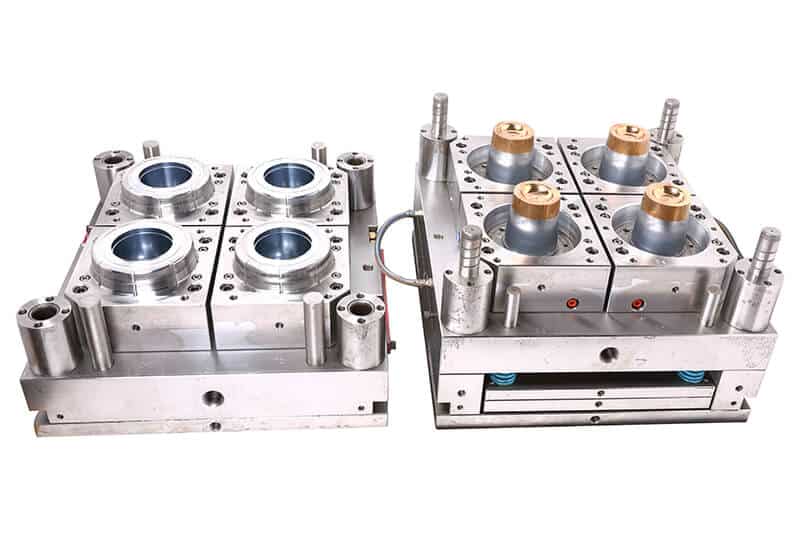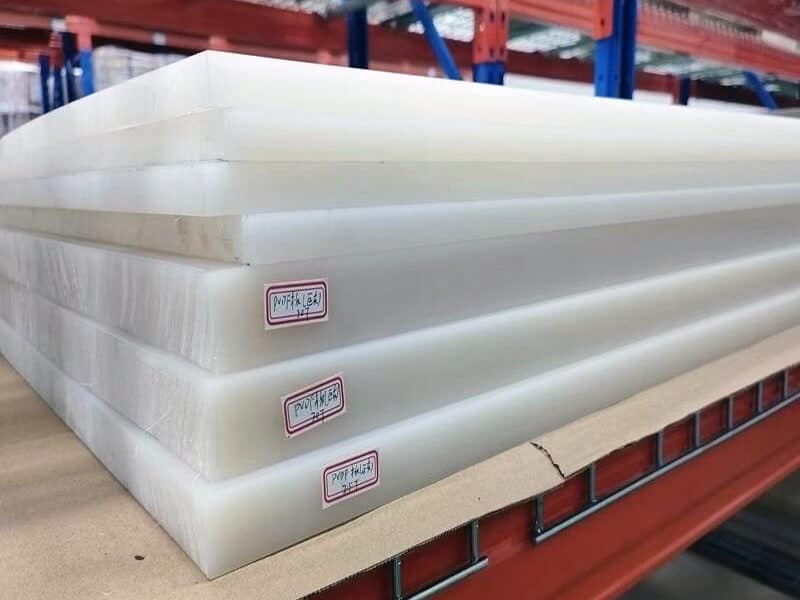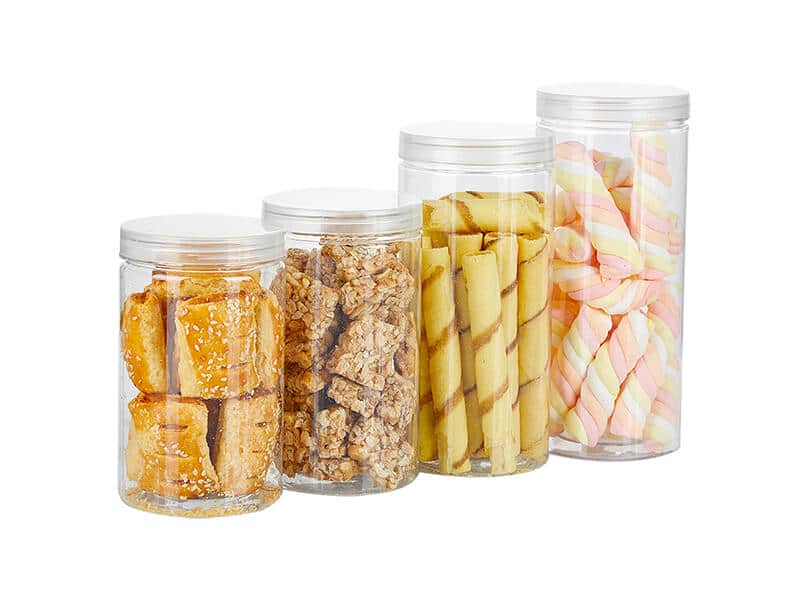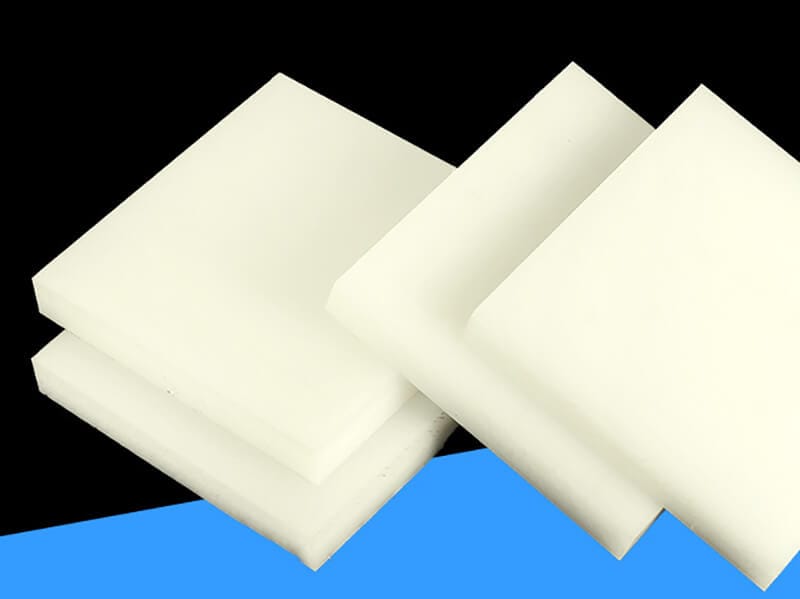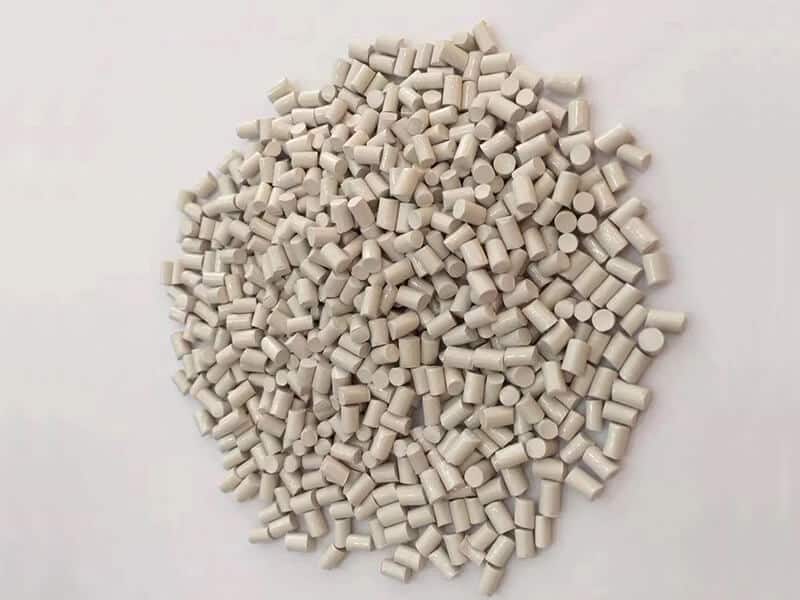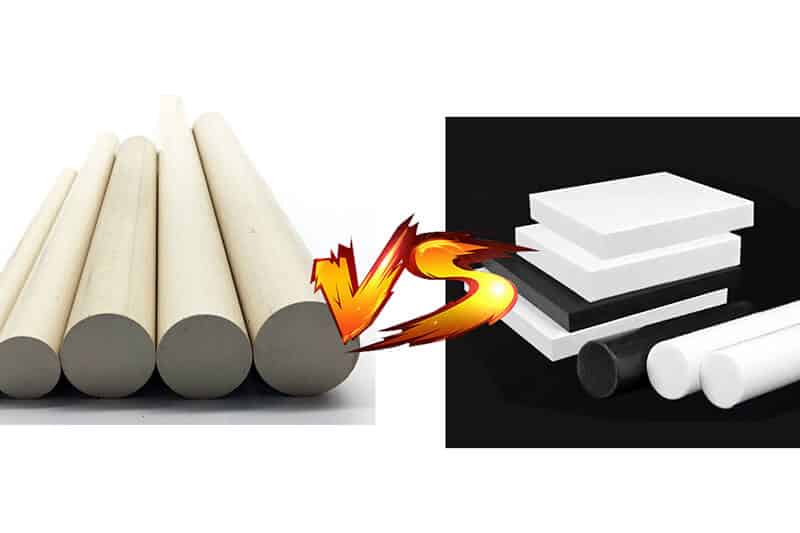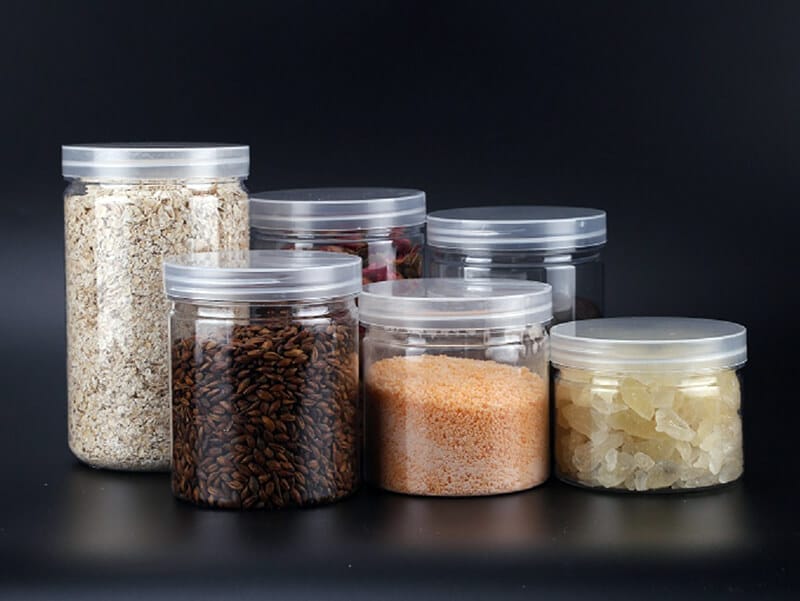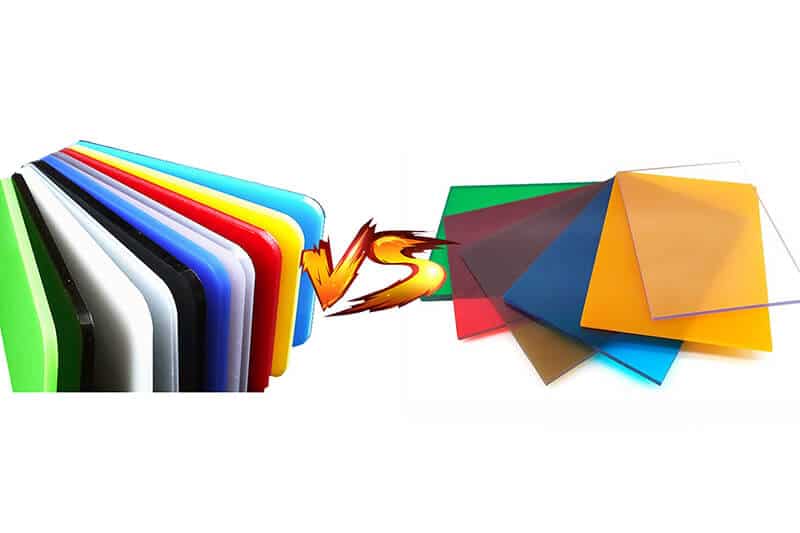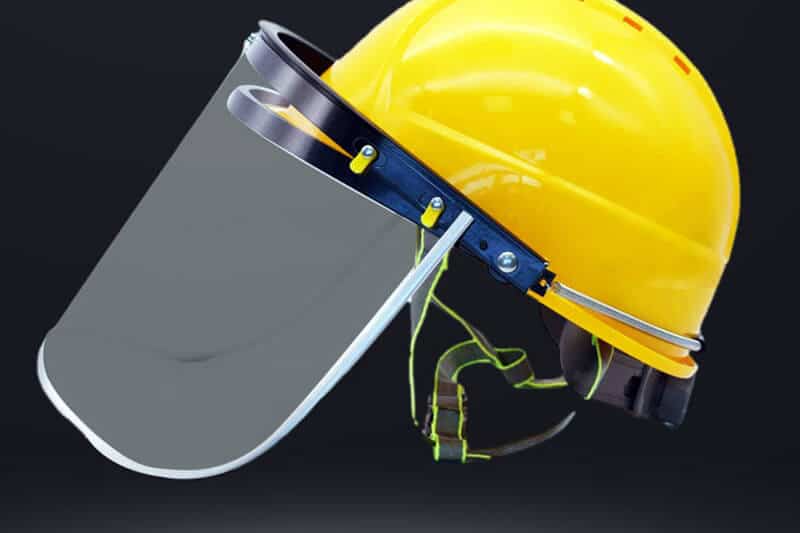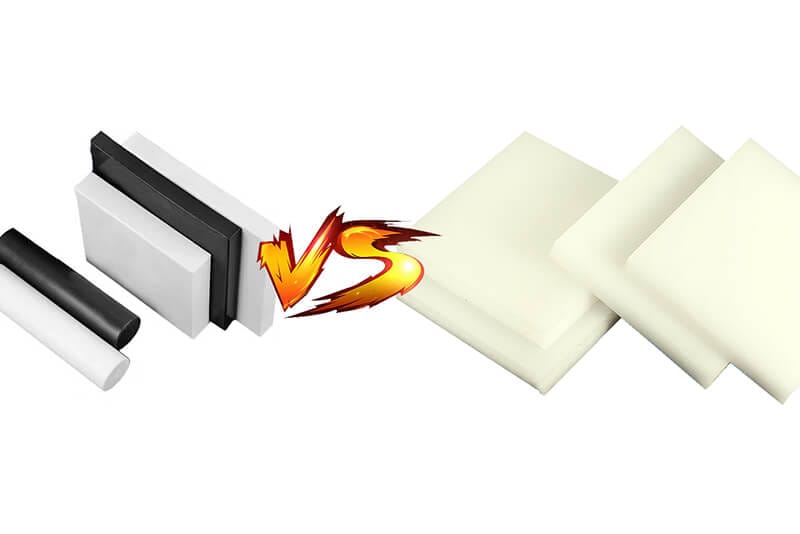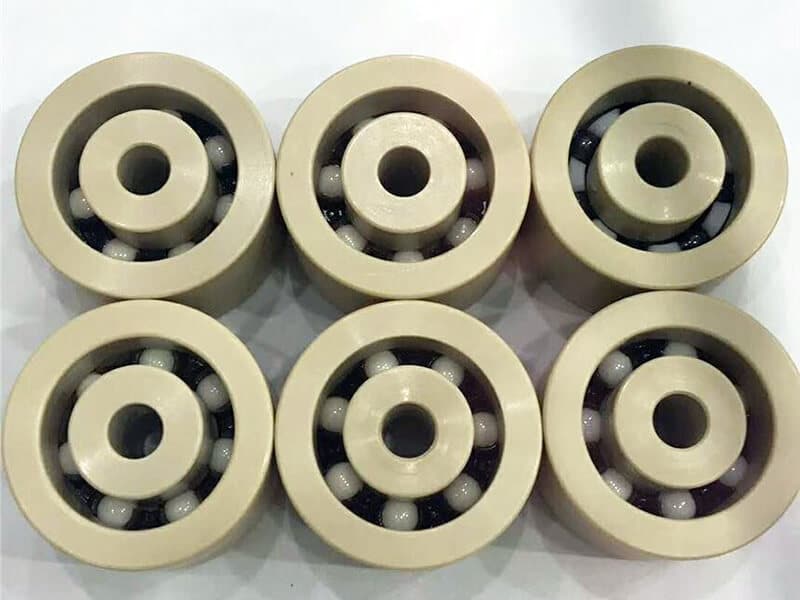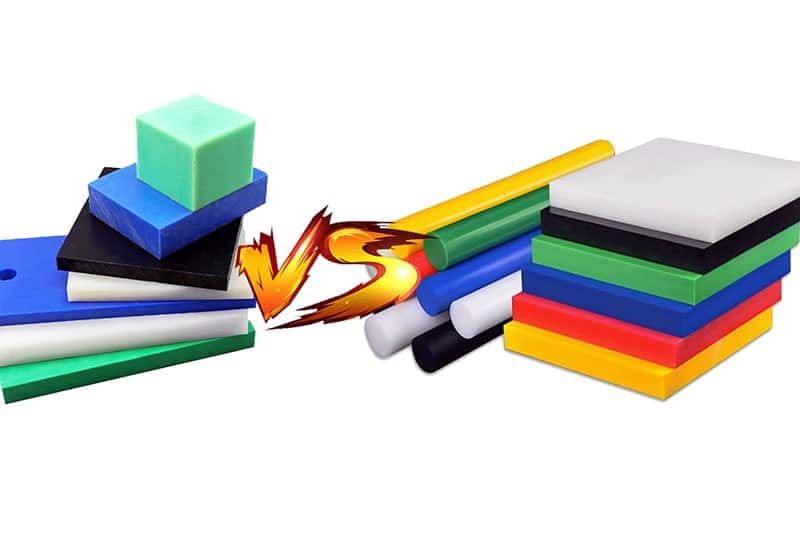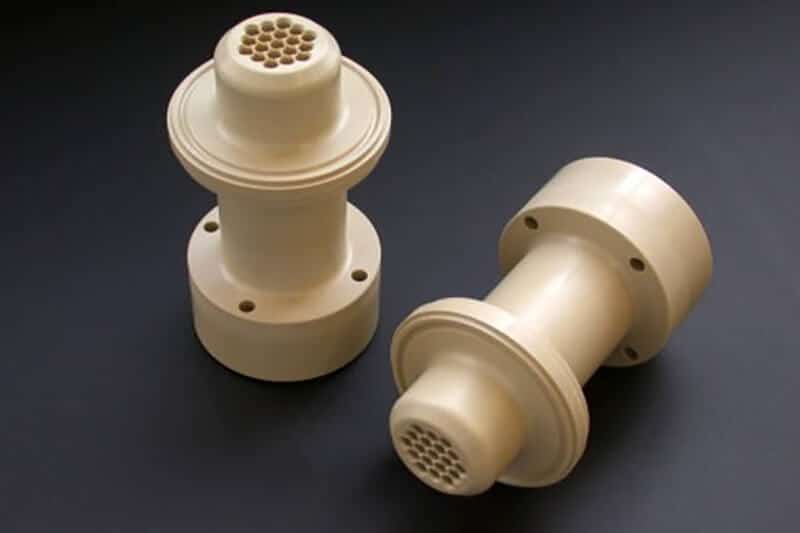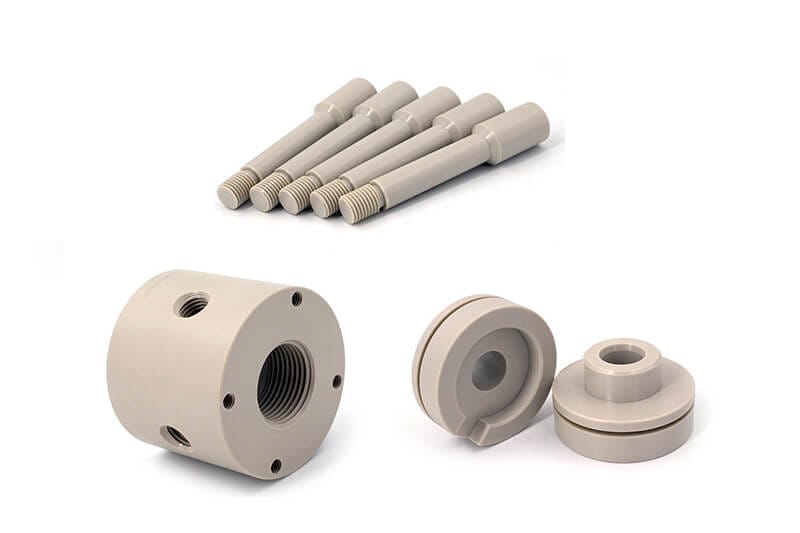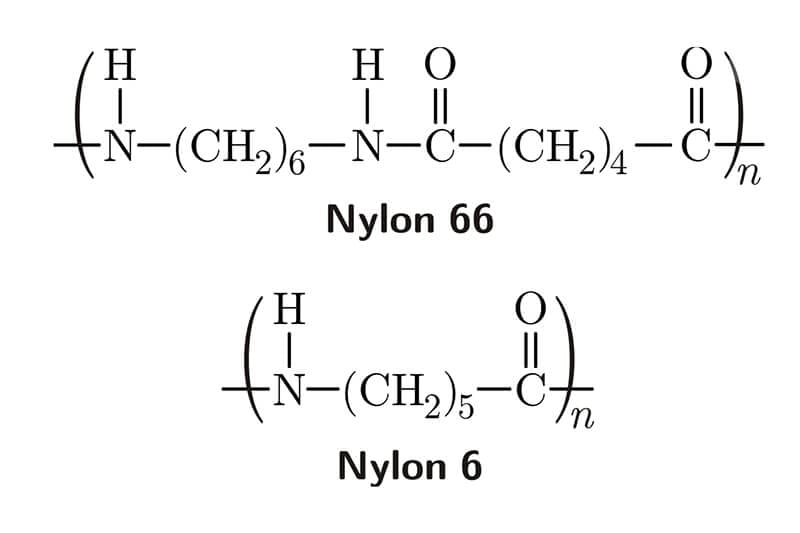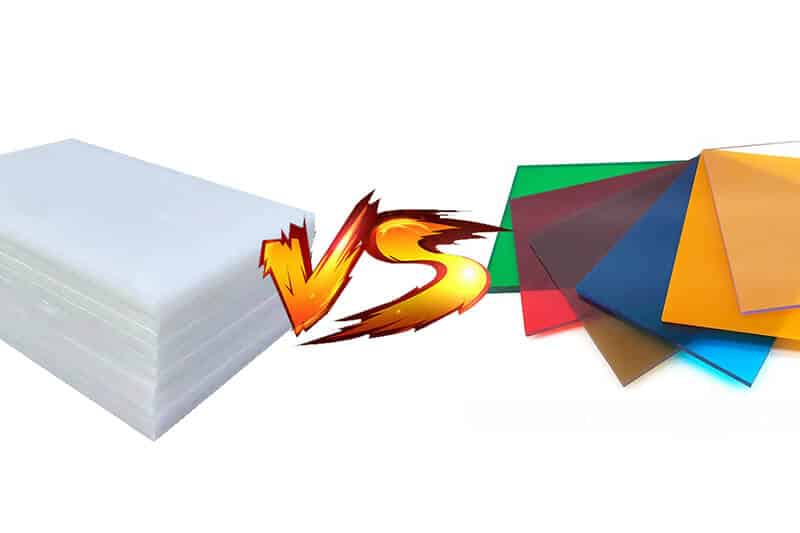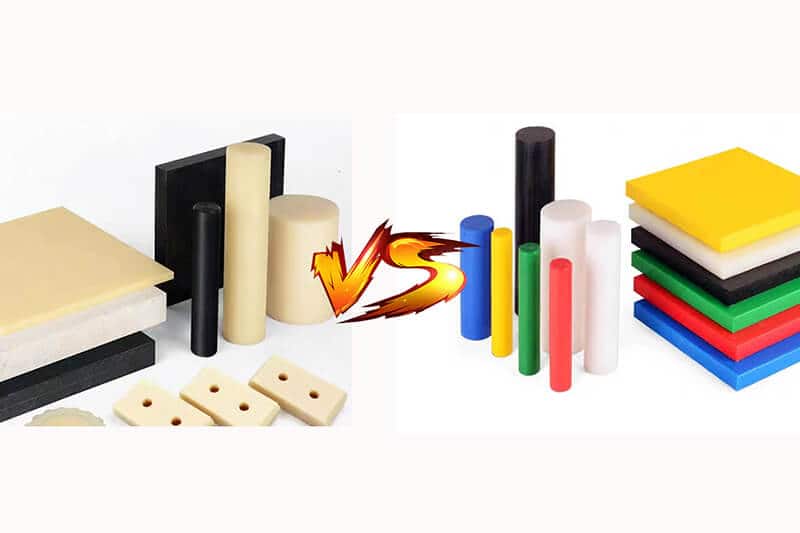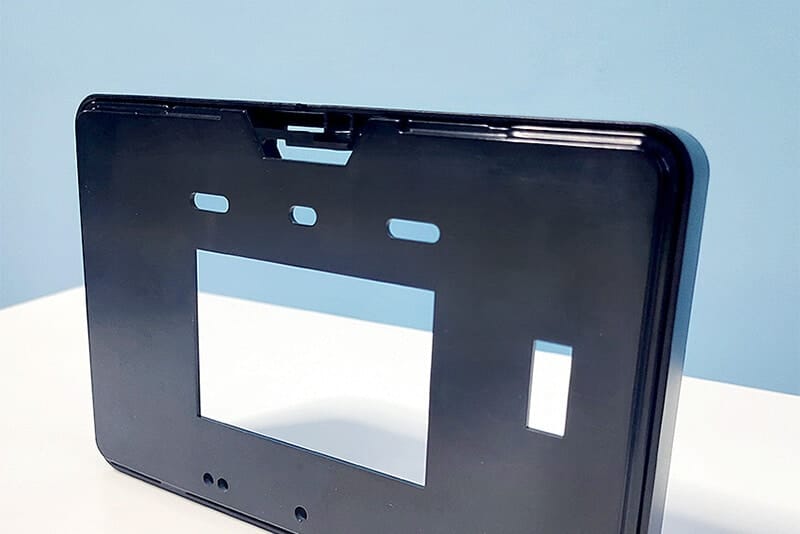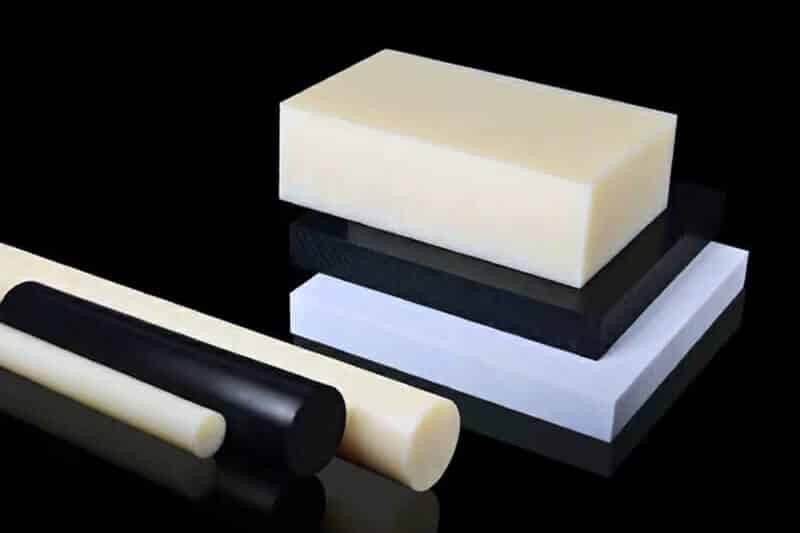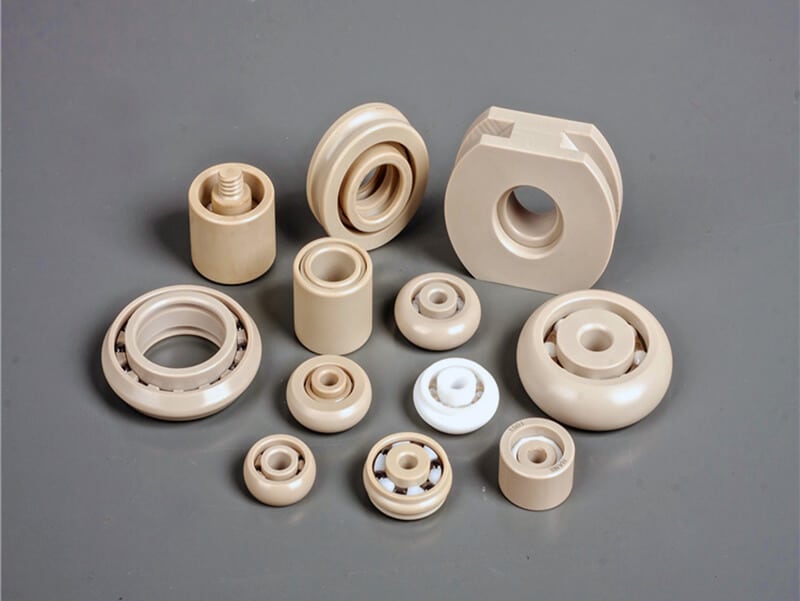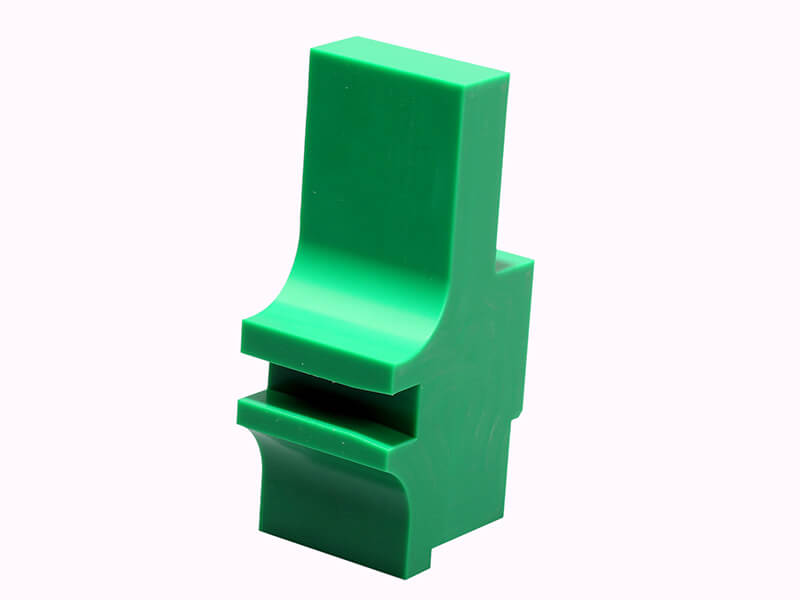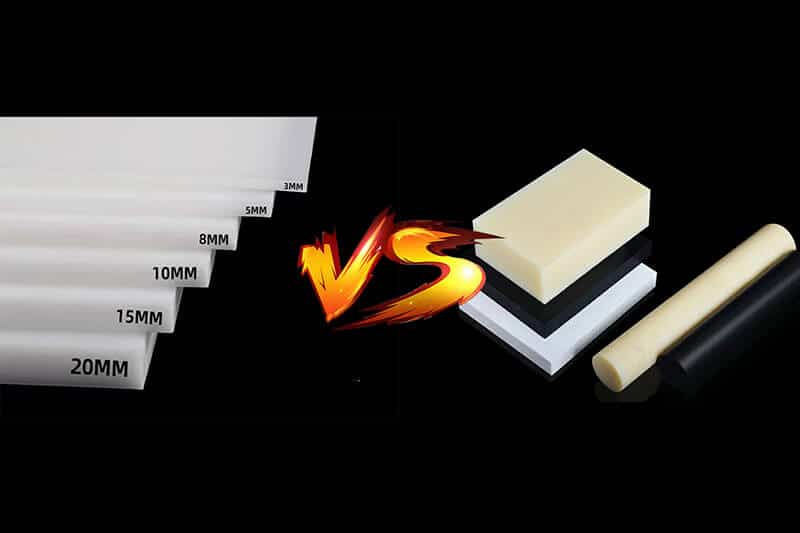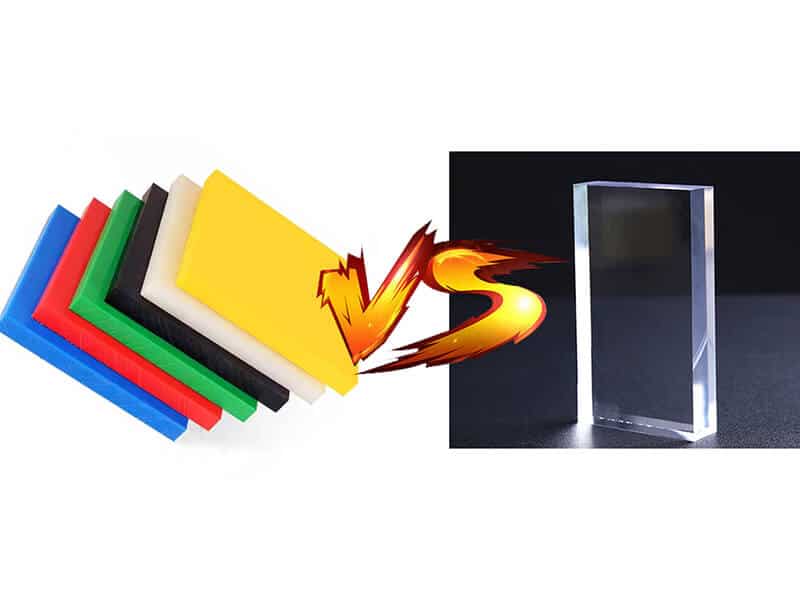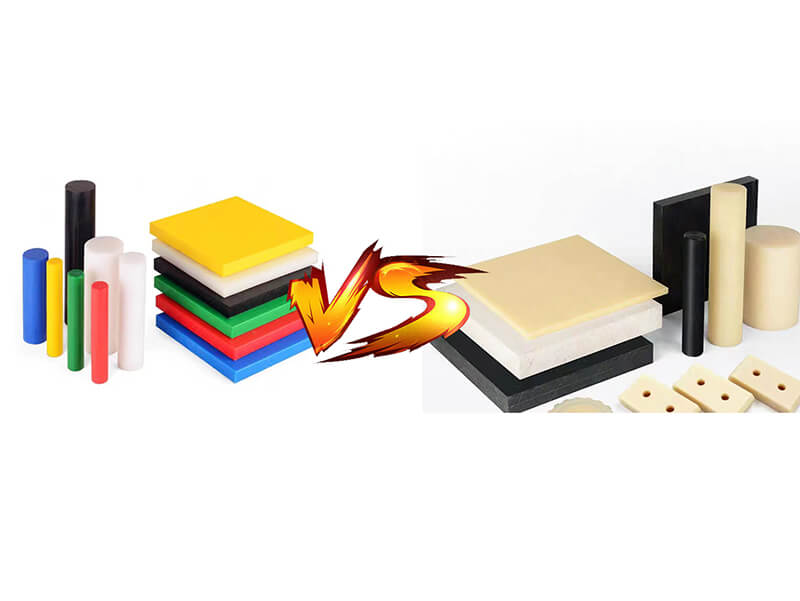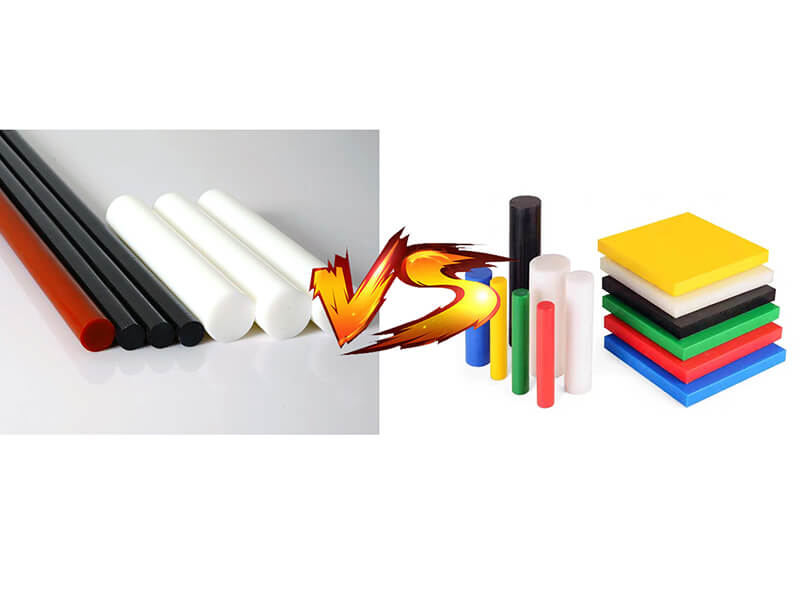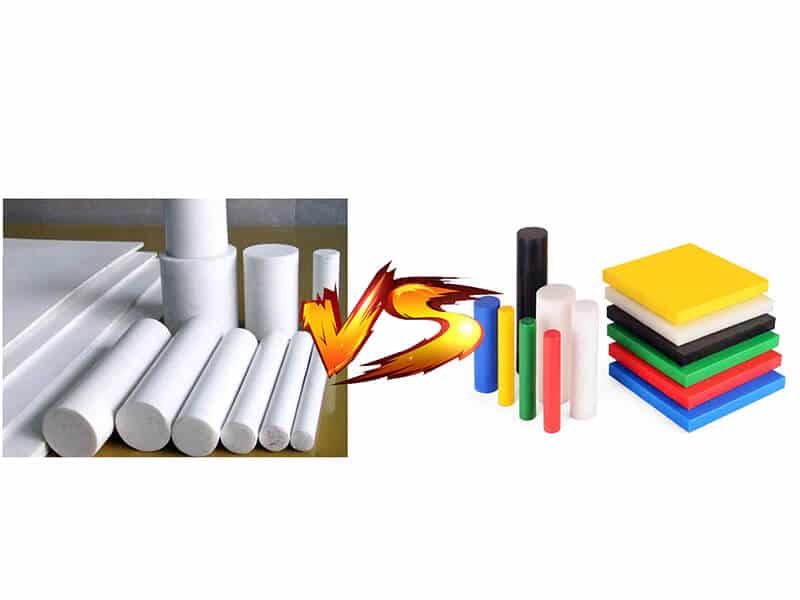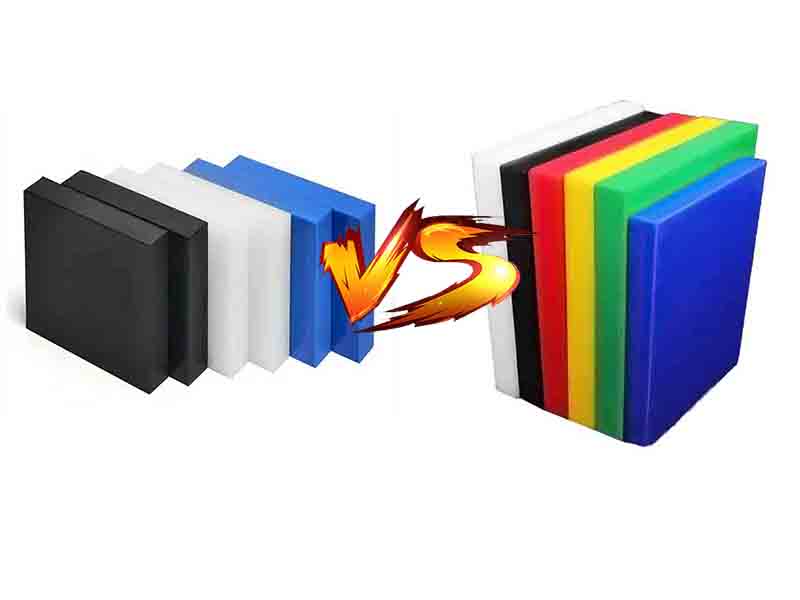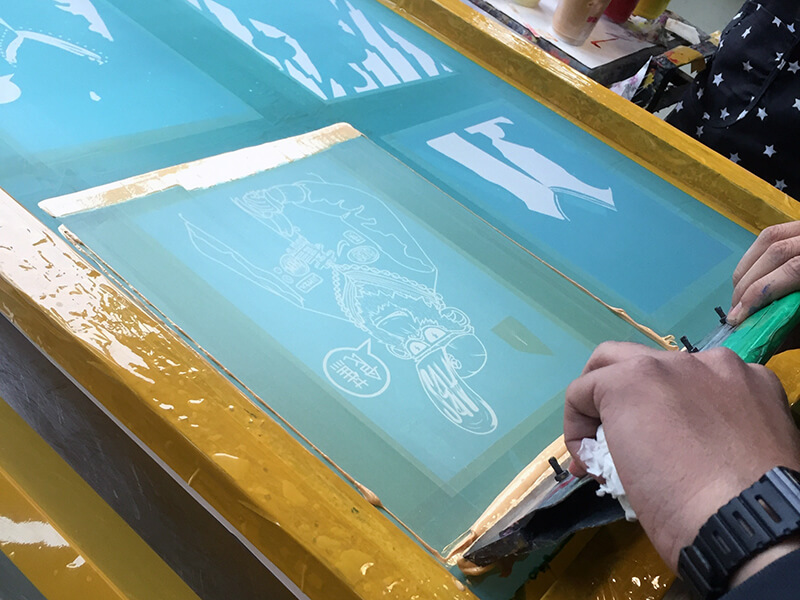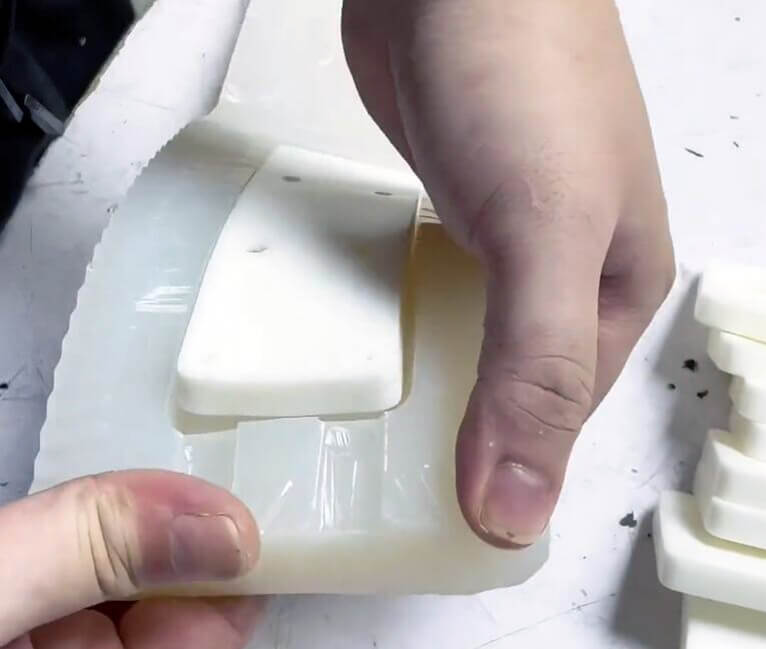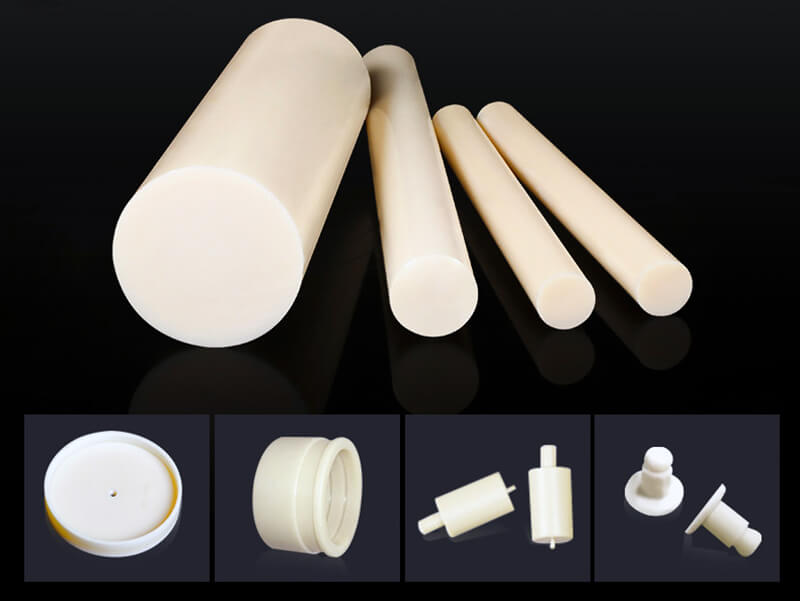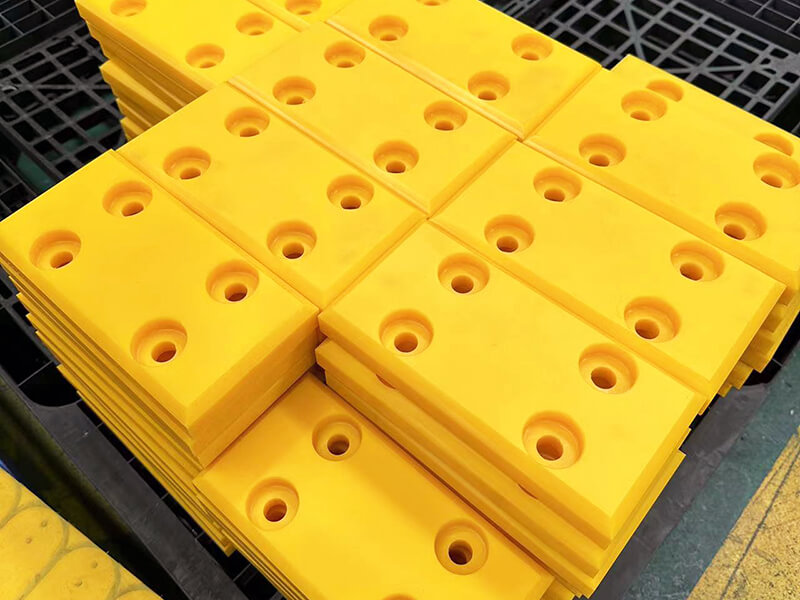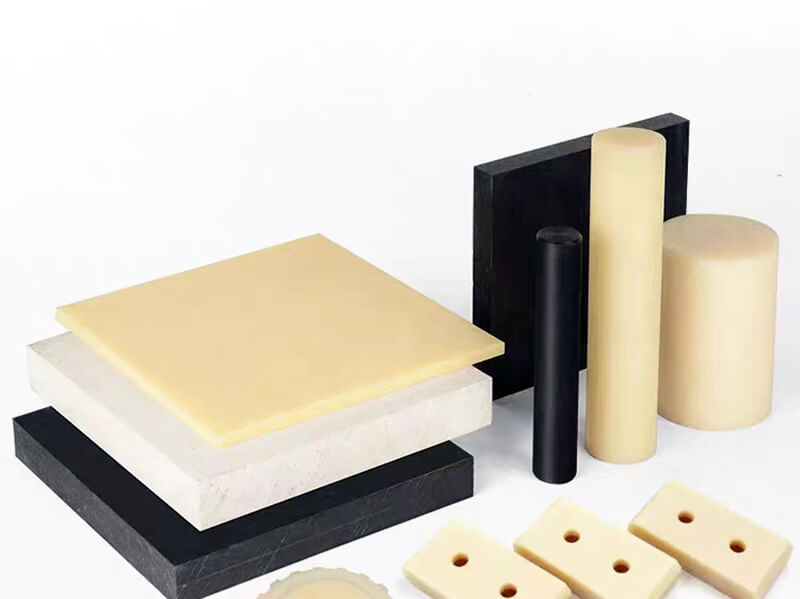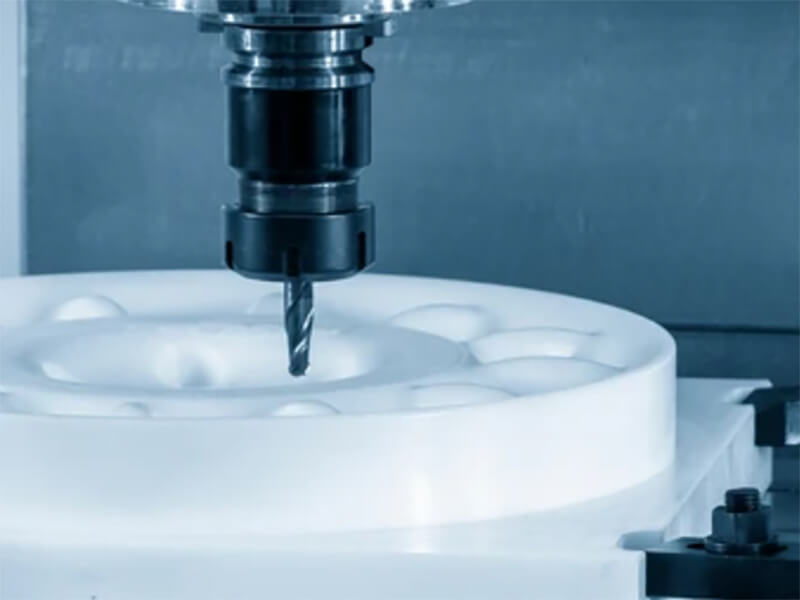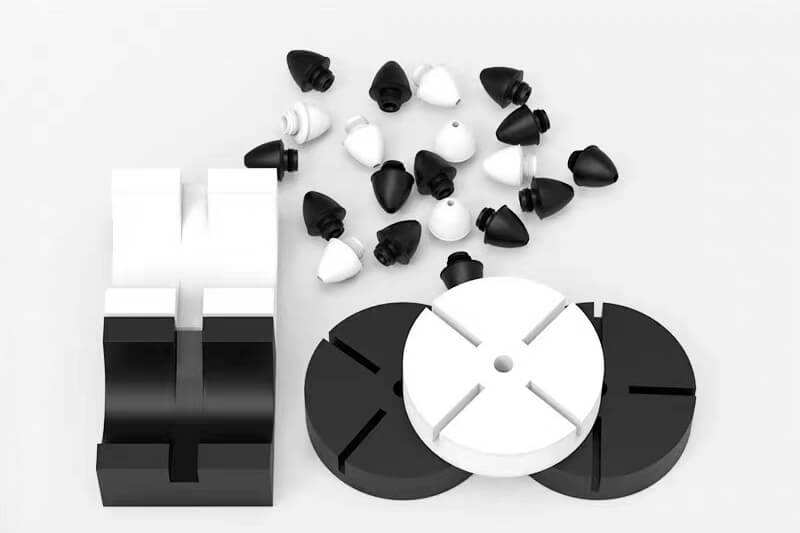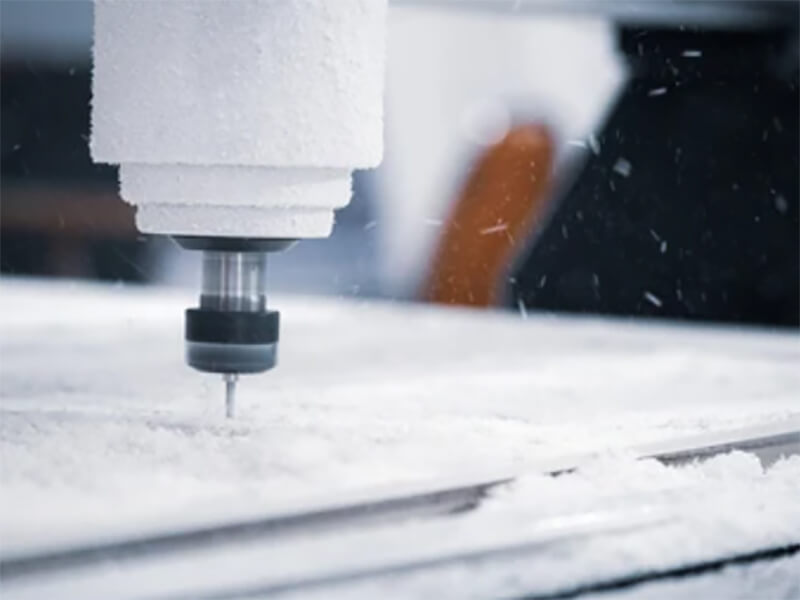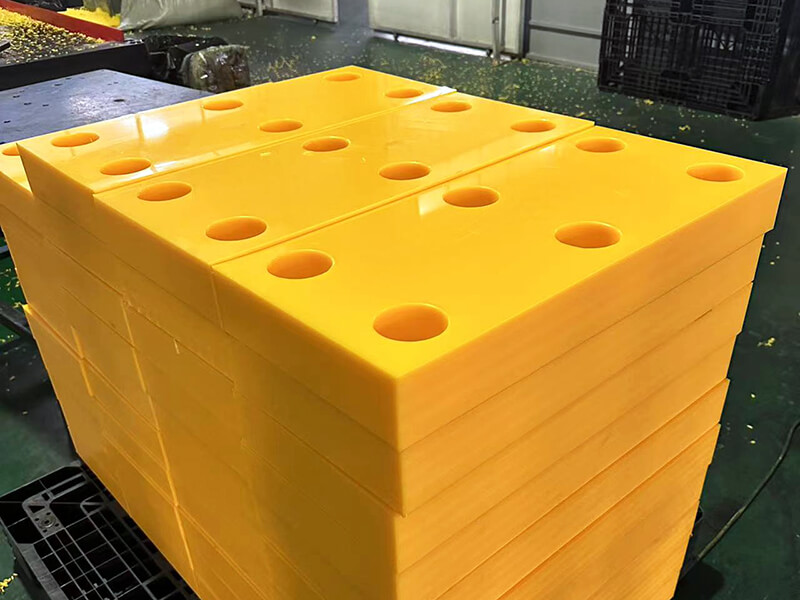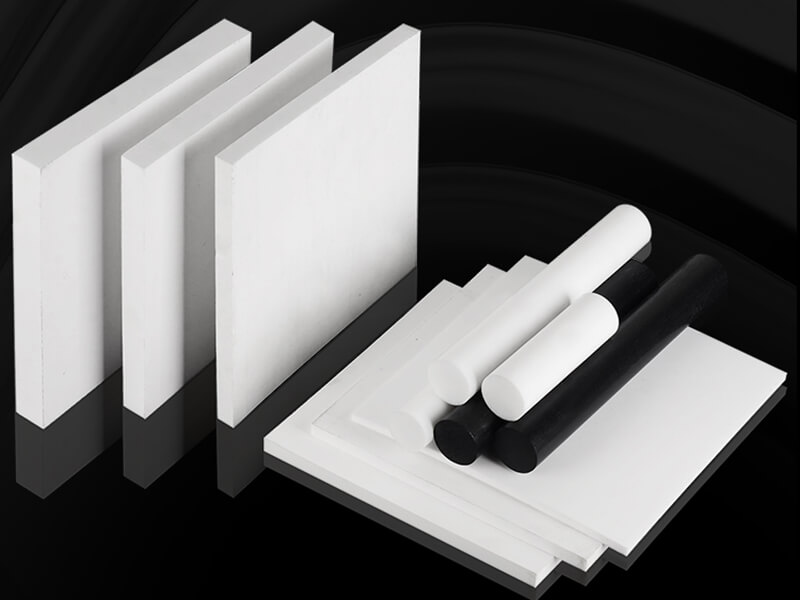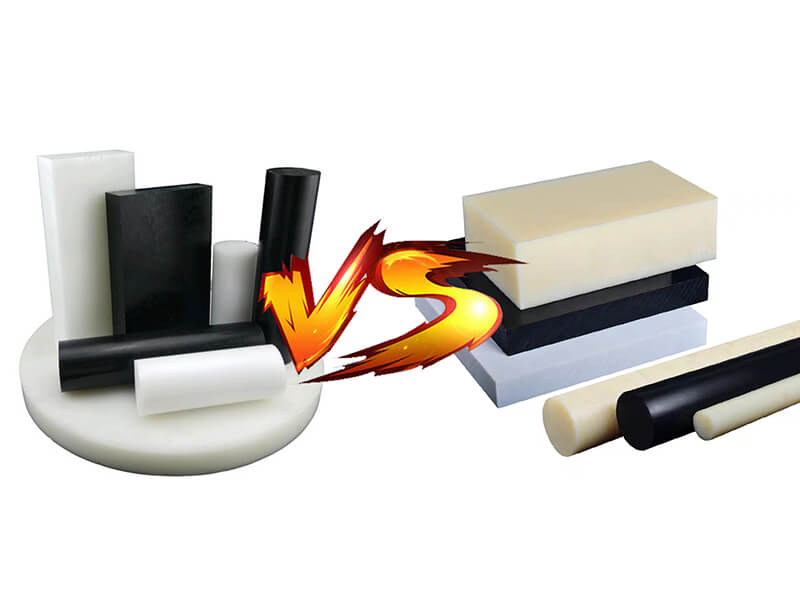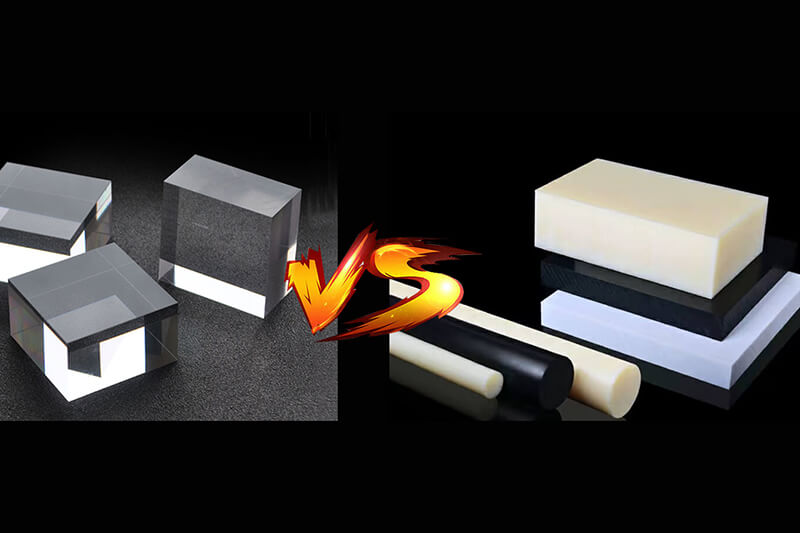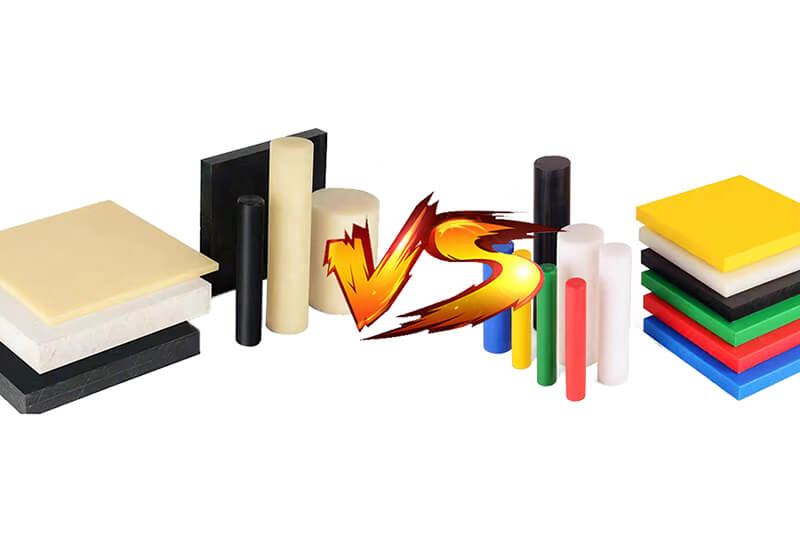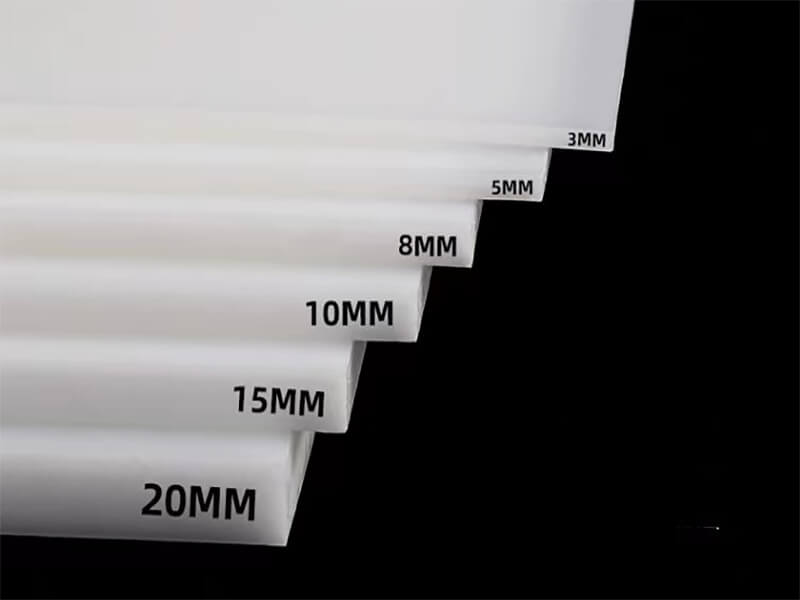The Role of PET Plastic in Automotive and Aerospace Sectors
Discover how PET plastic is revolutionizing the automotive and aerospace industries, offering lightweight, durable, and cost-effective solutions.
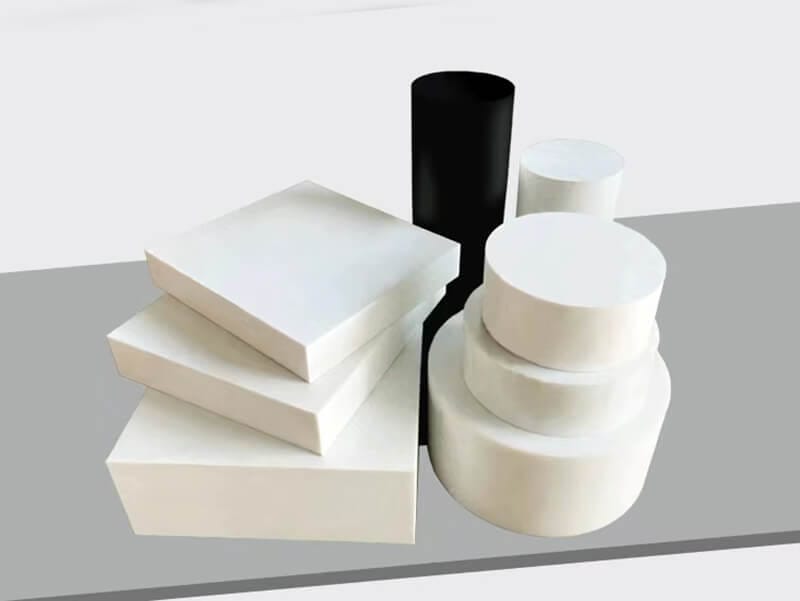
PET, also known as Polyethylene terephthalate, is a renowned thermoplastic polymer. Its greater desirability in various industries is associated with PET’s positive properties in terms of versatility, durability, recyclability, etc.
Most importantly, PET-made components produce various final products in the automotive and aerospace industries. Considering these two industries’ higher sensitivity and worth, we explore PET plastic’s impact on them. Let’s get into the details.
Basics of PET Plastic
In mid-1940, DuPont professionals invented PET, which they branded Dacron for their organizational benefits. After more than 20 years, PET’s popularity started in 1973 with the production of PET-made plastic bottles.
It also has a higher reputation due to the FDA approval. However, in this section, we discuss the fundamentals of PET plastics.
Production Process
The production of PET starts with the extraction of ethylene glycol from ethylene and an organic compound named terephthalic acid from xylene. Then, condensation or solid-stage polymerization occurs, in which reactions happen between ethylene glycol and terephthalic acid.
The result is a liquid form of PET plastic. Next, the PET liquid is cooled and shaped according to customer demand or manufacturing needs.
Base Properties
PET Plastic’s Impact in the Automotive Industry
With the increased pressure on the automotive industry to reduce emissions, improve fuel efficiency, use sustainable materials, and address several other issues, manufacturers have found PET to be a good solution.
Here, we’ve listed five prominent impacts of PET in the automotive industry.
1. Supports Environmental Sustainability
The global automobile industry has been using plastic-made parts or components of parts since World War II. However, awareness about the negative impact of using plastic-made products grew recently, which directed many countries to target to become carbon-emission-free countries by 2050 to ensure environmental sustainability, i.e., human existence on the earth.
This target of the states and the negative impacts of plastic materials on the environment directed all industries, including the automotive industry, to use more recyclable plastic-made items.
Here, PET plays a crucial role by being a recyclable plastic. In the automotive industry, recycled PET is known as rPET, contributing to reducing carbon footprint and creating a circular economy. So, PET is considered to have a huge positive impact on the automotive sector.
2. Offers Greater Fuel Efficiency
PET plastic is used in manufacturing a wide variety of interior and exterior vehicle parts, such as door panels, headliners, center consoles, instrument panels, engine covers, fuel tanks, and more.
As a result, PET’s lightweight property reduces the cumulative weight of the vehicle. We all know that less load means lower fuel consumption. So, the lightweight context offers greater fuel efficiency, saving users’ money and the environment as well.
3. Cost-saving in Manufacturing
On average, the price of PET resides within US$ 850-1200 / Ton. This price is far cheaper than other similar plastics like LDPE, which is approximately US$ 1200 – 1550 / Ton. This low price allows the vehicle manufacturers to reduce the production cost and offer lower prices to vehicle buyers.
It certainly increases sales. Additionally, PET’s greater moldability and easy-machining facilities allow the manufacturer to save money on labor and energy use.
4. Enhanced Decoration of Vehicle
It is well-known that aircraft parts encounter various climate conditions, fluids, chemicals, etc. In this case, PET-made parts allow aircraft manufacturers and owner companies (airlines) to eliminate the need for frequent part replacement, enabling more flights and less maintenance. Finally, PET supports stakeholders’ financial gains.
5. Improved Safety and Durability
PET’s inherited properties make it resistant to wear and tear. Moreover, it can withstand exposure to oils, fuels, and other automotive fluids. This reduces the service needs or replacement of the vehicle parts. This positive impact directs vehicle buyers to go for vehicles that have PET-made parts or components of parts.
PET Plastic’s Impact on the Aerospace Industry
Like the automotive industry, the aerospace industry is also considered sensitive to passenger safety, cost-effectiveness, low carbon emissions, and other factors.
PET successfully addresses these issues, allowing its use in cabin interiors, luggage compartments, insulation, etc. However, the following are some positive impacts of using PET-made items in aircraft.
1. Design Flexibility
The use of PET in an aircraft’s parts of the interior, exterior, engine compartment, etc., allows the designers to fulfill ambitious goals in terms of parts design. PET’s greater moldability and adaptability ensure the production of parts or components of parts with higher precision, in which design complexity is not a matter of obstruction.
So, aircraft designers have greater freedom when creating more elegant and appealing designs.
2. Enhanced Longevity of Aircraft Parts
It is well-known that aircraft parts encounter various climate conditions, fluids, chemicals, etc. In this case, PET-made parts allow aircraft manufacturers and owner companies (airlines) to eliminate the need for frequent part replacement, enabling more flights and less maintenance. Finally, PET supports stakeholders’ financial gains.
3. Contributes to Environmental Sustainability
PET-made items’ recyclability and greater durability help manufacturers and airliners meet certain sustainability regulations. This has a vital positive impact, as each aircraft’s carbon emissions from fuel burn significantly contribute to the greenhouse effect and cannot be mitigated.
Here, PET provides support in downgrading an aircraft’s overall GHG emissions.
4. Cost Saving
Compared to conventional metals and high-performance composites, PET provides the same or more than the same output at a lower cost. The comparatively lower price of PET benefits the manufacturers, airliners, investors, etc.
5. Thermal Stability and Passenger Comfort
PET plastic’s greater thermal stability allows aircraft producers to use it in seating, interior panels, etc., which are subject to extreme cold and hot environments. Most importantly, PET is also used as insulation, which reduces the noise level, facilitating passengers’ comfort.
End Talk
We hope that the elaboration on PET plastic’s impact on the automotive and aerospace industries will help readers understand PET’s importance. PET in various parts of vehicles and aircraft has revolutionized these two industries.
Still, research and development can expand the use of these plastic-made items in the automotive and aerospace industries.
UVTECO is a leading supplier of PET plastic sheets, rods, and machining services in China. Contact us now if you are looking for a trustworthy PET parts/components supplier!
Related Blogs

Looking for a trustworthy Supplier
Need a Trustworthy Supplier of Plastic, Foam, Sponge, Rubber, Metal, and Machining Solution. Click the Button, We Will Be In Touch With You As Quickly As Possible.
